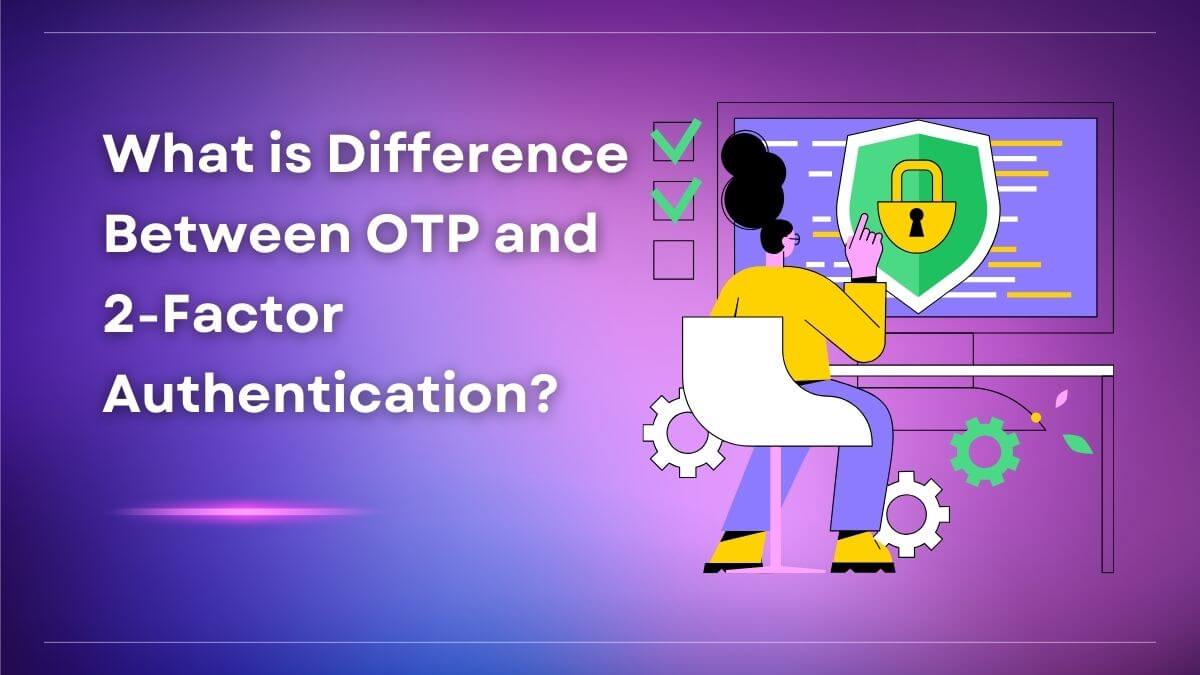How Various Operating Systems Protect Your System?
With the advancement of technology, our devices have become an integral part of our lives. From chatting with friends and family to managing finances and work-related tasks, we rely on them extensively.
However, with this dependence comes the need for security and protection from various threats that can potentially harm our systems.
There are numerous types of OS available in the market, each offering unique features and security measures to protect your system from malicious attacks. These include Windows, macOS, Linux, iOS, Android, etc.
In this blog post, we will delve into how each of these operating systems protects your device as well as discuss their strengths and weaknesses.
1. Memory Protection
Programs can’t function unless they have resources that can be rapidly modified. RAM (Random Access Memory) is a type of memory that performs random access operations. Temporary storage, such as RAM, allows data to be written and read very rapidly because it is wiped clean when the computer is shut down. This resource is made available to an app when it is first launched by the operating system.
Since this resource is required by all applications, a malicious programme could read data from a place in memory other than the one to which it was assigned. An illustration of this is a buffer overflow. It’s a way of saying that someone is tampering with memory outside of where they are meant to be. This can allow malicious code to execute in the background without the user being aware of it, or it can allow malicious code to read sensitive data from memory.
The majority of today’s operating systems do not allow problems to do harm, but also cannot prevent them from happening. This is accomplished by encrypting portions of memory that no running programmes should have access to. The only thing it will accomplish is to trigger a system crash. That’s preferable to having a security breach.
2. User Privilege Elevation
Additionally, operating systems make use of the idea of privileges to assist in protecting and securing a computer. The concept behind them is that on a single computer, several users may access a variety of different resources. The ability to alter specific items, such as system preferences, is an example of a sort of privilege. Without them, each application that a user executes on the computer has the potential to compromise it, modifying the operating system.
For example, Windows includes an administrator account that enables users to make system-wide modifications (e.g. in restricted folders such as where programmes are located).
Similarly, Linux has a superuser account that allows you to do nearly anything without limitation. High power, however, increases the danger of breaking items… Also, possible harm if the virus was run with high privileges. Regular users, for example, may not be able to specify startup programmes. But a user with higher privileges, along with any harmful applications they execute.
All operating systems try to limit a user’s rights. It prevents any damage produced by programmes if any. They can’t cause as much damage to the system while defending it. Instead, they urge consumers to manually accept items that desire to accomplish something important. See It Your Way! Windows, for example, features UAC (User Account Control). It allows apps to perform more things if the user approves it. Programs operate with limited rights by default, with UAC alerting the user when more is required (e.g. change system files).
Similarly, Sudo and Polkit are comparable in Linux. In summary, they’re both ways of running a programme with more privileges. Akin to Windows UAC, the latter is primarily utilised on Linux desktops. In addition, they both require a password before advancing.
Mobile operating systems function differently. Unless tweaked, users cannot obtain such strong capabilities by default. This keeps their systems safe by restricting what they can do. It’s called jailbreaking on iOS. On Android, it’s rooted. Regardless of their names, they share many traits.
3. Application Signing
Another essential security measure that most operating systems use these days is application signing. It ensures that programs that you run on your computer come from a trusted source. That is to say, one which is not likely to try and hurt you.
Programs, like anything else on a computer, are just made of a series of data. As such, it can be passed through and processed for verification — a digital signature of sorts to confirm it as correct. Put shortly, this signing of an application makes sure that what you are running is what you intended. Usually, this process is done by certain authorities who allow people to sign their code. This is meant to help confirm that whatever software is running is not designed to harm the users’ system.
Programs with a big user base can usually do so. How to See It Most OSes strive to implement application signing. They typically won’t block you from running unverified programmes. However, they do tend to advise against it. Windows UAC “unknown publisher” warning. But this isn’t limited to a few operating systems.
Many Linux distributions provide a comparable feature. Software repositories are internet sites that house applications that have all been signed and verified. In principle, you are secure if you don’t instal applications from unknown sources. But this isn’t always the case.
For example, mobile phone operating systems centralise their programmes. And for iOS, it’s the Apple App Store. All applications on them are trusted and verified. But that hasn’t always worked out.
To summarise, while certain operating systems are considered safer than others, none are easily compromised. Many things happen behind the scenes to keep your computer safe.
That doesn’t mean they’re immune. Security programmes and self-practice approaches are still vital. After all, common sense and solid judgement are irreplaceable. How do you protect your tech?

